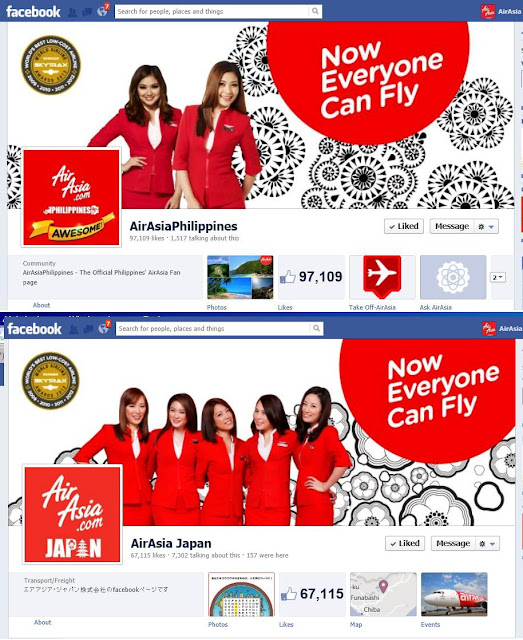AirAsia unit to add new destinations from Clark hub
Eyes takeover of Malaysia route from sister firm
By Paolo G. MontecilloPhilippine Daily Inquirer
AirAsia (Philippines) Inc., the local unit
of Southeast Asia’s biggest budget airline, is adding more international
destinations to its route network this year as it aims to develop the Clark
International Airport as a viable alternative to Manila.
Singapore and Taipei would soon join the
company’s list of routes out of the Clark Freeport in Pampanga and the
Philippine unit is planning to take over the Clark-Kota Kinabalu service from
sister firm AirAsia Malaysia, according to Marianne Hontiveros, chief executive
of AirAsia Philippines.
“It’s really about getting AirAsia and
Clark better known to travelers,” she said in an interview. Hontiveros was
speaking at the sidelines of the company’s launch of a new sales promotion for
travelers booking flights for next year’s summer season.
The new flights will add to AirAsia Inc.’s
current international destinations, namely Hong Kong, Macau in China and Kuala
Lumpur in Malaysia. Hontiveros stressed that Clark was still the most viable
option to replace the congested Ninoy Aquino International Airport (Naia) in
Manila.
She said the company was set to take
delivery of its third Airbus A320 jet in the Philippines by December. Three or
four more planes would be added to the AirAsia fleet next year. “We are
constantly reviewing that, so if we need more, we can get more,” she said.
AirAsia’s planes are leased from parent firm AirAsia Berhad.
“If we are serious about our tourism
thrust, we really need Clark. We should accelerate the development of the
high-speed rail system (connecting Clark and Metro Manila),” Hontiveros said.
Her statements followed the announcement
made by flag carrier Philippine Airlines (PAL) that Clark was too far from
Manila and too expensive to develop to be a realistic option to replace Naia.
PAL president Ramon S. Ang said the
airline was looking to develop a new airport with four times the capacity of
Naia in a location that is closer than Clark but still outside Metro Manila.
Hontiveros admitted that a lot of work
still needed to be done to develop Clark as a major hub, but noted that there
were “low-hanging fruits” that could easily be picked to make the airport more
attractive to stakeholders.
“We think there should be dedicated lanes
on the North Luzon Expressway (NLEx) for motorists traveling to the airport and
the speed limit on those lanes should be higher than the current 100 (kilometers
an hour),” she said.
Hontiveros also urged airport authorities
to lower passenger service fees levied on airlines to attract more companies to
Clark. The money that airlines save on these lower fees, Hontiveros said, could
be passed on to consumers in terms of lower ticket prices.

